Is your yoga routine getting a little stale? If you're looking for a new challenge, yoga on a stand up paddleboard will reinvigorate you and push you to become an even better yogi than you thought possible -- all while enjoying the natural splendor of floating on water. And it's not just for the lucky few in tropical places like Hawaii. The S.U.P. yoga community[1] is much larger than you'd expect, making it easier for you[2] to try it.
Below, ten reasons you should try it today.
It's a better workout.
Since the platform is unstable, you have to engage your core more for better balance. L.A.-based yoga instructor Dice lida-Klein told Men's Fitness that the workout is more challenging. "Your whole midsection will have to work to keep you balanced and afloat. You have to work harder and focus more on the water."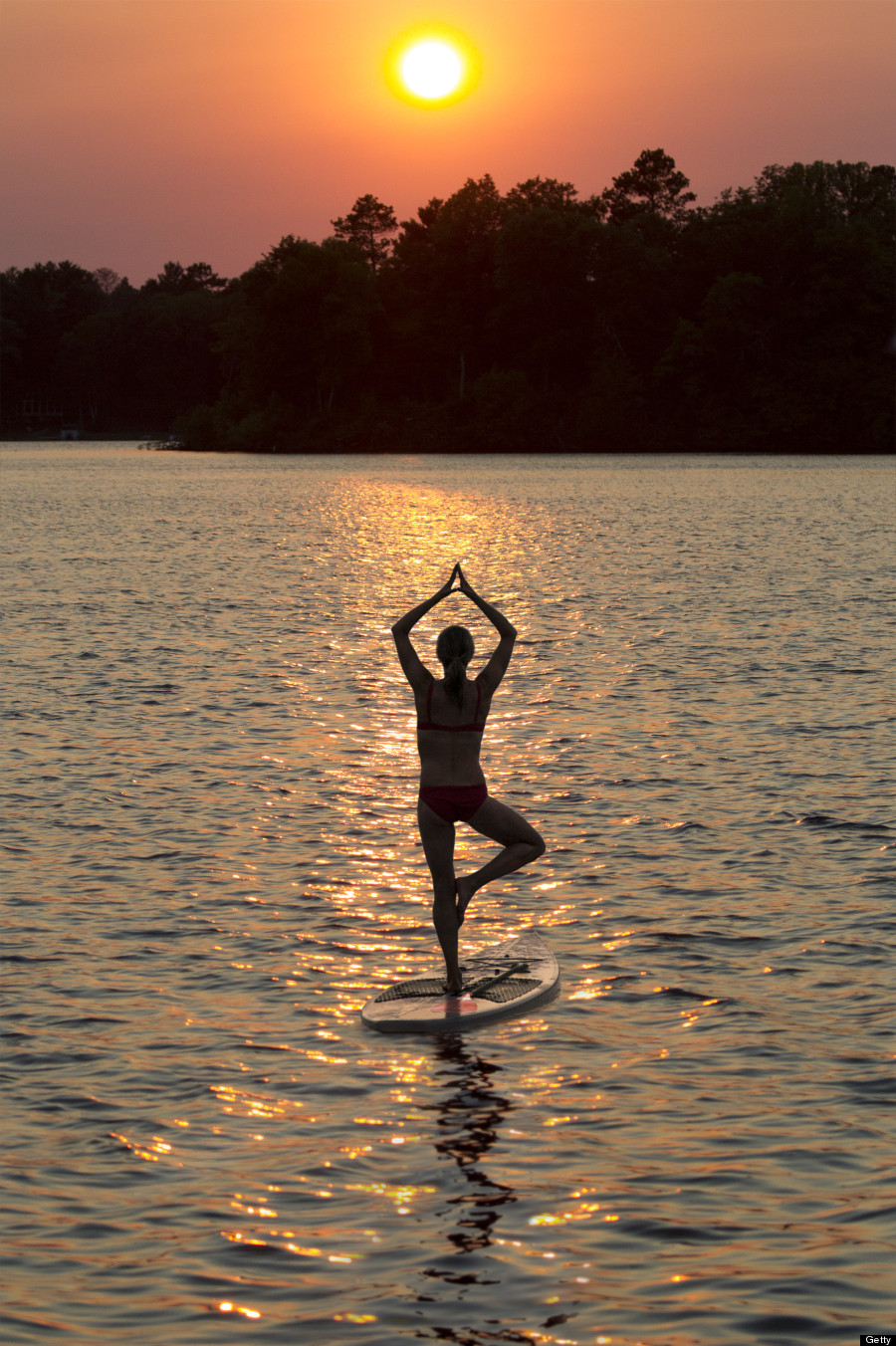 [3]
[3]
It will refine your technique.
You'll be more in tune with your poses, according to Namaste S.U.P. For example, during downward dog, if you have more weight on one side, your board will let you know.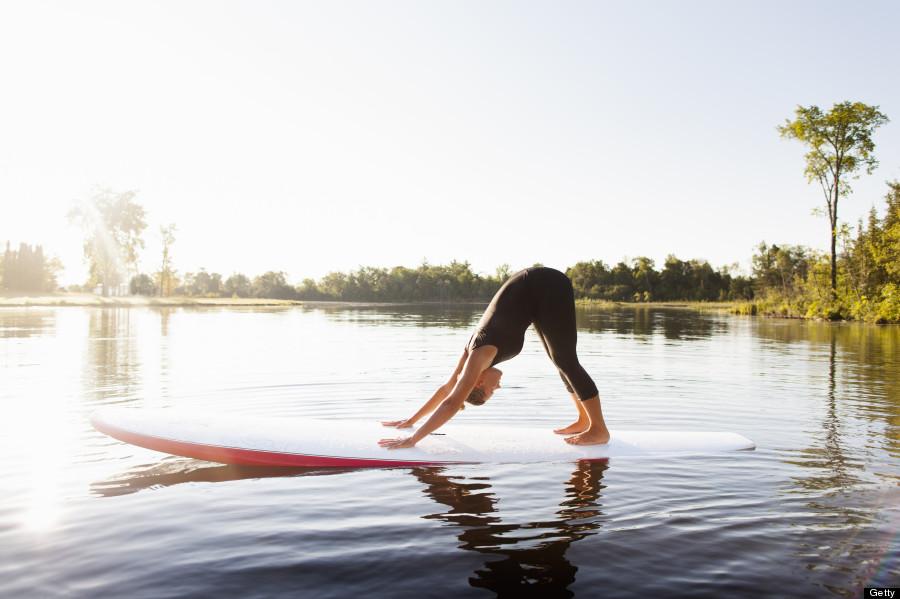 [4]
[4]
It's more calming.
The sensation of floating is helps to alleviate the heaviness that life sometimes throws on our shoulders. [5]
[5]
It will help you focus on your breath.
Ujjayi Pranayama, or Ocean Breath, is a popular yoga method for breathing because the "ocean" sound is believed to soothe your mind. Scientific studies show that even recordings of the ocean help people to relax and can change someone's mood immediately. The gentle sound of water lapping while on a paddleboard will help you relax and key you in to the most important aspect of yoga: your breath.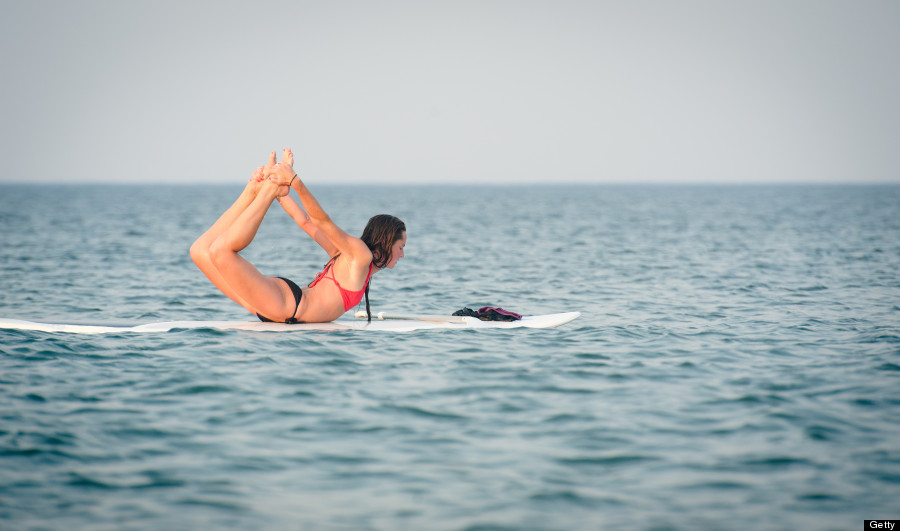 [6] [7]
[6] [7]
It's empowering.
Standing up on a paddle board gives you a unique perspective of both the water and the horizon. It's as close as you can get to walking on water, and the possibility of falling helps practitioners really focus on themselves and their poses. "It's about letting go of the fear[8] ," Teresa Van Eyk, owner of Satya Yoga in Saugatuck, MI, recently told the Holland Sentinel. "You get off the water feeling really rejuvenated. It's empowering."
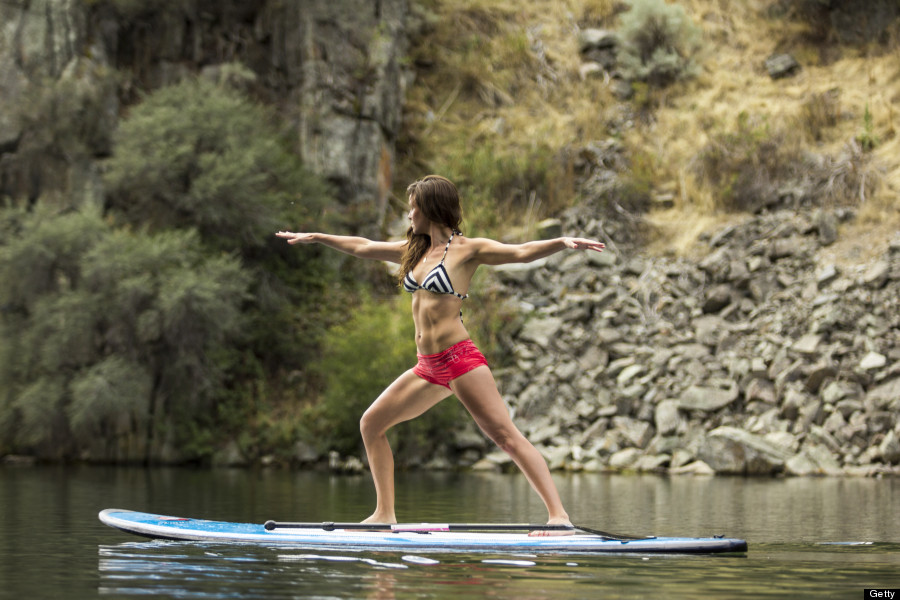
It's fun.
It's well-known that novelty is important in exercise regimens in order to stay motivated and happy. According to the National Institute of Health, "Mixing it up also helps to reduce boredom and cut your risk of injury." There are many different types of yoga, but it's still easy to fall into a rut. Trying paddleboard yoga will keep you on your toes. [9] [10]
[9] [10]
It's just a touch scary.
The very real possibility of falling into the water provides just enough adrenaline to your workout to keep you focused and motivated. And that, explains Men's Health, can help you fight the ill-effects of stress in your everyday life. [11]
[11]
It teaches you to get back up.
If you do fall in, you are forced to overcome the set-back, climb back up on your board, and try again -- which is a life lesson in and of itself. Yoga-instructor lida-Klein says that conquering the fear of falling in is essential. "The quicker you become okay with falling into the water," he told Men's Fitness, "the better you'll feel and the easier it will be."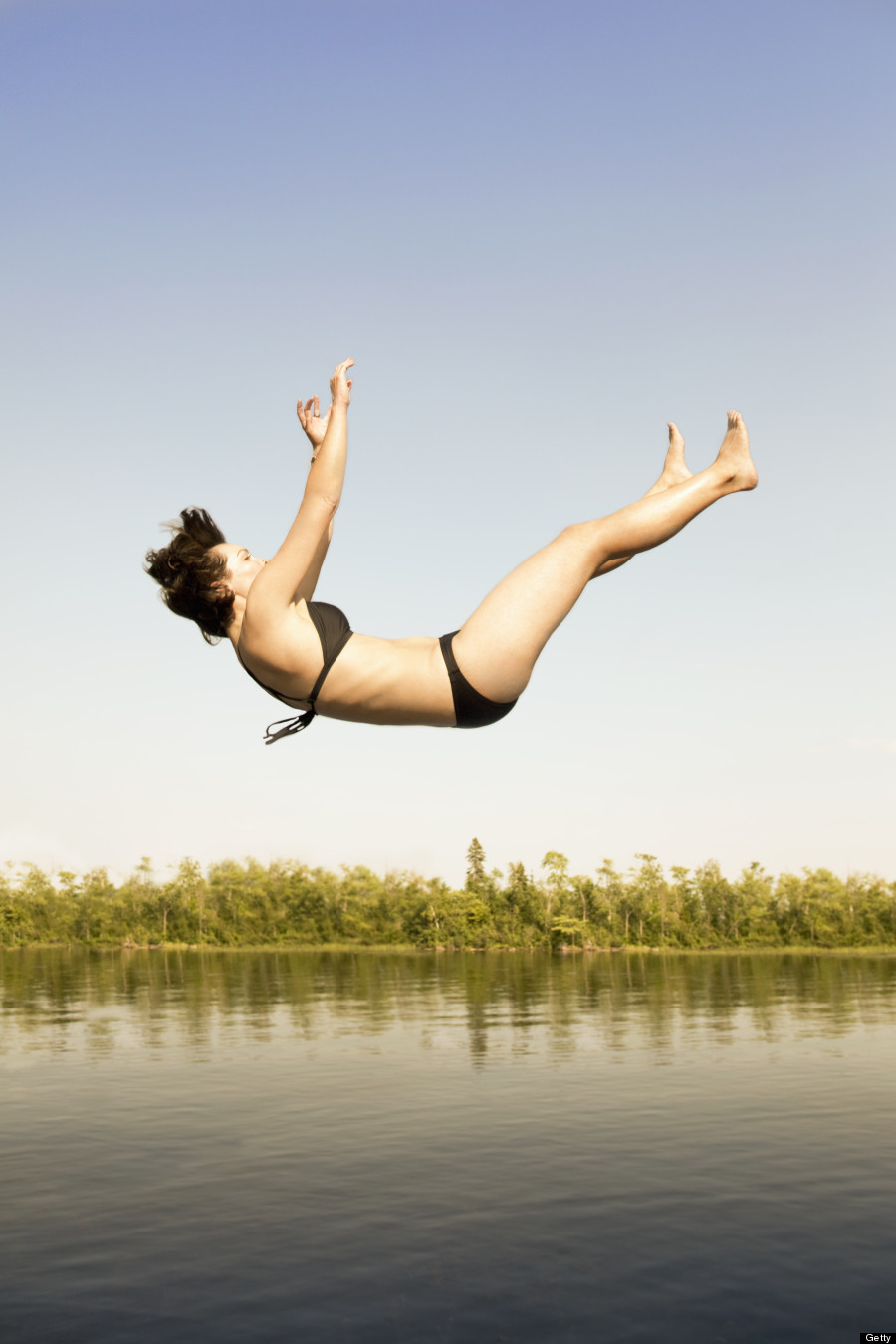 [12]
[12]
It's more challenging.
When the board is your mat, there's less room for error. If you feel like you've started to master your normal yoga class, it's time you tried this:
It's beautiful.
Between breathing fresh air, soaking up vitamin D and enjoying the natural landscape, it beats just about any gym or studio out there. "Yoga means 'union,'" Hilary Kimblin, owner of Yoga Under the Trees in Beverley Hills, CA, told Yoga Journal. "When it's practiced outdoors it seems like the union with nature, humanity, and the universe is truly felt." [13]
[13]
References
- ^ S.U.P. yoga community (namastesup.com)
- ^ making it easier for you (namastesup.com)
- ^ the workout is more challenging (www.mensfitness.com)
- ^ more in tune with your poses (namastesup.com)
- ^ helps to alleviate the heaviness (www.huffingtonpost.com)
- ^ believed to soothe your mind (www.yogaoutlet.com)
- ^ someone's mood immediately (www.onearth.org)
- ^ letting go of the fear (www.hollandsentinel.com)
- ^ Mixing it up (www.nlm.nih.gov)
- ^ many different types of yoga (www.huffingtonpost.com)
- ^ explains Men's Health (www.menshealth.com)
- ^ conquering the fear of falling in is essential (www.mensfitness.com)
- ^ union with nature, humanity, and the universe is truly felt (www.yogajournal.com)

A good blog always comes-up with new and exciting information and while reading I have feel that this blog is really have all those quality that qualify a blog to be a onebrahmacharyasana
ReplyDeleteThe blog and data is excellent and informative as well.I will really appreciate the writer's choice for choosing this excellent article appropriate to my matter.Here is deep description about the article matter which helped me more.
ReplyDeleteUtkata Konasana
Excellent effort to make this blog more wonderful and attractive.Yoga for High BP
ReplyDelete